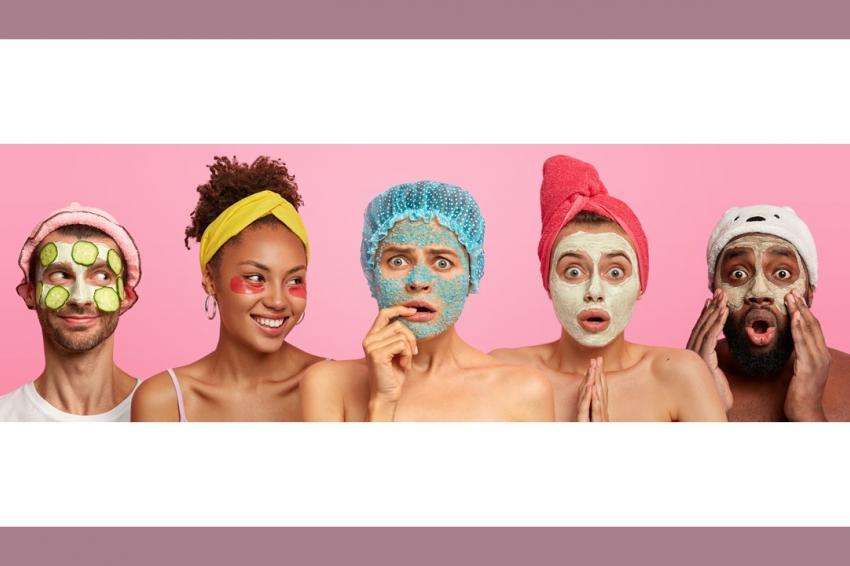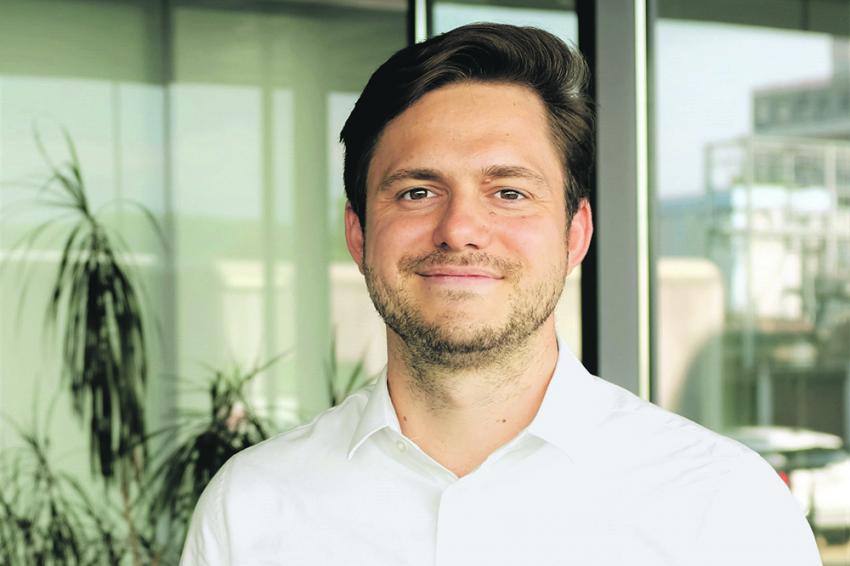Is the Beauty Industry Sending the Wrong Message?
Ingredient Trends Reveal: Consumers Are Moving Away from Solely Focusing on the Surface
The success of the beauty industry, in large part, depends on how effectively its advertising can convince consumers that they need to invest in new products in order to become more beautiful. Beauty product and cosmetic procedure companies have historically preyed upon women by leveraging their insecurities to be used against them.
The results, while good for the success and growth of the beauty industry, have also effectively contributed to a rise in anxiety and self-esteem issues, particularly among young women.
But today, as gender and diversity, as well as the body positivity movement, become more and more prevalent among young consumers, beauty companies are finding that they are going to have to re-define how products are advertised if they want to stay relevant.
While there are few signs that the beauty and cosmetic procedure industries are going to slow at any point in the near future (projections actually show the industry growing substantially over the next decade).
Wealth, Class, And Social Status
It is no secret that beauty products have long been associated with wealth, class, and social status — but in different ways. Going back as far as ancient Egypt, wealthy Egyptians would line their eyes with black makeup made of things like charcoal or even lead in some cases. Richer Egyptians could afford more vibrant makeup made from expensive ingredients, giving them a way to distinguish themselves from their less wealthy counterparts through their physical appearance.
Throughout history, nearly every culture has used cosmetics to enhance physical appearance in some way. In Edwardian England, for example, women started using makeup to very subtly enhance their features. In the early decades of the 20th Century, beauty products were becoming increasingly common, and cosmetics were used by the wealthy to give the appearance of effortless perfection. Even today, many still hold on to the belief that the art of makeup is in making it look like you are not wearing any makeup at all. But regardless of how makeup is looked at or what cosmetics trends are big in the moment, the overarching theme points to the fact that makeup, historically, has been used to associate beauty with prestige in society.
A 2016 study investigated the ways in which men and women looked at cosmetics among their peers in relation to feelings of dominance or prestige. The study concluded, after surveying how both men and women perceive makeup, that men see makeup as a direct correlation with earned prestige, where women see makeup as a way for other women to assert dominance over one another. In other words, men view makeup as a natural correlation between success and status, where women see makeup and recognize it as a manipulation tool used to assert dominance. All of this has contributed to the ways in which cosmetics are advertised, as makeup is often advertised as a tool for success (even generation z often refers to becoming more beautiful as a “glow up” as if success and happiness are correlated to beauty).
“Despite wanting more natural products, consumers still want to see results.”
Cosmetics and Body Image
Because cosmetics are often associated with status and prestige, advertisements for them have a direct connection to an increase in anxiety, as well as lower self-esteem and self-confidence, particularly among young women. Beauty advertisements are designed to make women feel that there is something wrong with their physical appearance in order to sell them a product.
A 2012 study discussed the ways in which women are constantly reminded of what beauty standards are, and how they don’t live up to them, through advertisements for new products. Even since then, an onslaught of new cosmetics, skin care products and cosmetic procedures have further convinced people that in order to be considered beautiful, they need to have perfect, young-looking skin with chiseled features, a sun-kissed glow and shining, full hair. From lip size to hair thickness and even eyebrow shape, cosmetics and the advertisements for them are inherently designed to point out a person’s flaws so that they can sell a solution.
In particular, cosmetics and cosmetic procedures designed to change a person’s appearance to make them appear more skinny or chiseled are often associated with modern beauty standards but are seldom associated with directly conflicting with the body positivity movement. Where the fashion industry is highly scrutinized for its use of thin bodies as a beauty standard — and a size standard for clothing in most societies — the beauty industry is largely exempt from that type of criticism. However, the beauty industry often places an even greater importance on thinness as a form of beauty.
Even among natural beauty companies and products, thin bodies are associated with health in ways that larger bodies are not. Recent movements to further canonize the body positivity movement have begun including the cosmetics industry. A 2019 Refinery 29 article pointed out the ways in which the word “skinny” is used in the beauty industry to advertise products to people. The article argues that products designed to do things like decrease signs of aging or eliminate cellulite do little to contribute to a body positive society and, in fact, are more harmful than they are effective.
Other products, like beauty products designed to make dark skin appear whiter, contribute to body image issues among Black women and men that have darker, more melanated skin. Many Asian products, still, advertise white skin as a desired beauty standard, sending a clear message that darker complexions are a problem that needs to be fixed and not a form of beauty on their own. Entire books have been dedicated to discussing colorism within the global beauty industry, yet brands continue to advertise themselves as diverse while using racially ambiguous models rather than clearly Black models.
In addition to body type or skin color, the one stereotypical beauty ideal that has resisted changing trends over time is age. Reducing wrinkles, looking youthful, and having smooth skin are all beauty product claims that have withstood time and still remain one of the most prominently advertised sections in beauty shops: anti-aging products. In fact, whereas in the past these products were marketed to people aged 45+, now products in this space are being promoted also to younger people under the age of 30 with claims that they proactively slow down the development of aging spots, dark eye circles, or wrinkles.
Ingredient Trends Are Going Back to the Roots (literally)
Although these superficial beauty ideals remain prominent in the industry, consumers are moving away from solely focusing on the surface.
They are increasingly conscious of what they put on and into their bodies and, in line with the growing preference for whole foods when it comes to our diet, consumers are looking for beauty products with natural, plant-derived ingredients because they believe these ingredients to be “better for them” and for the environment.
Whether this is true warrants a separate discussion in and of itself since it is not necessarily always the case — poison ivy, for example, is a natural substance that’s not always good for you, and sometimes the most environmentally responsible ingredients are synthetic. What is true, though, is that the words “natural” and “clean” are not regulated by governing bodies and can therefore be applied by brands based on their own definitions – and there is incentive to do this since consumers respond to it.
This trend is also reflected in the search trends we are seeing on the platform. Searches are primarily conducted by formulators and R&D teams within beauty brands when sourcing ingredients as they develop a new product.
The most searched terms on Covalo’s beauty ingredient search engine in the first months of 2021 include “Oils”, “Plant Extracts”, “Powders”, “Surfactants”, and “Essential Oils”, with “Plant Extracts” being a consistently high-ranking term since mid-2020.
Despite wanting more natural products, consumers still want to see results that address the skin “problems” so deeply ingrained in our society, such as reduction of wrinkles, dark spots, and so on. This is reflected in rising searches for performant yet natural ingredients that ingredient-savvy consumers are picking up on. One example is Bakuchiol.
Since 2019 we have seen a 300% increase in searches for this ingredient, an antioxidant that is often referred to as the natural alternative to retinol, which is the incumbent star anti-aging ingredient (a vitamin-A derivative touted for speeding up skin cell turnover, thereby reducing fine lines and dark spots). Bakuchiol is derived from the seeds and leaves of a plant native to India and Sri Lanka that is commonly known as babchi.
How Can the Beauty Industry Change?
In the future, brands and cosmetics suppliers should be careful to avoid language in advertising that contributes to harmful stereotypes on what is and is not considered beautiful. In an age where diversity is being celebrated, products that advertise to whiten skin, remove signs of aging, make your face appear more slender, or use cosmetics as a way to attribute wealth and success are likely to feel more outdated and obsolete. Similarly, in a world where the boundaries of gender are stretching—especially among younger consumers—makeup and cosmetics are being attributed as a fun way to express your creativity rather than exhibit beauty and social status.
When it comes to the natural movement, brands should be clear about what they define as natural or clean, and even when marketing these products they should remain conscious of the beauty issues or ideals that are being promoted to ensure the product is still inclusive.
Author
“When it comes to the natural movement, brands should be clear about what they define as natural or clean.”
Google for Beauty Ingredients
Covalo was developed as part of an innovation project at Clariant, the Swiss-based specialty chemicals company. The original platform was called Chemberry and launched in 2018, while still part of Clariant, with the aim of being the "Google for beauty ingredients". Chemberry was re-named Covalo after spinning-off from Clariant in early 2021 and expanded its mission to make beauty product development faster and easier by connecting brands to suppliers of ingredients, packaging, and services such as manufacturing, regulatory support and testing.






